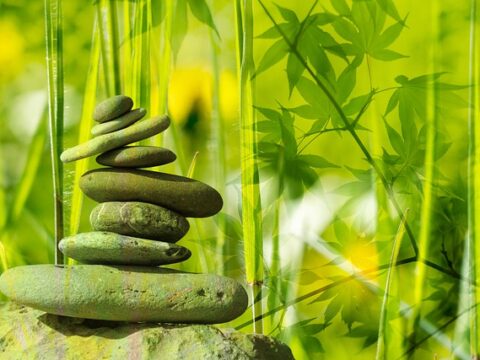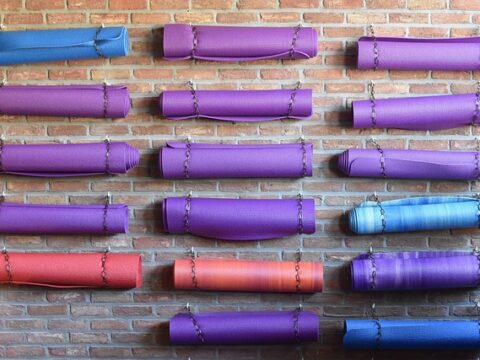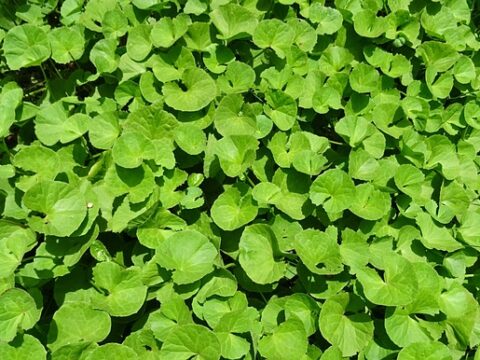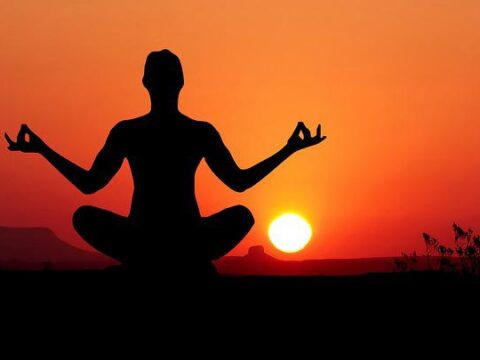Yoga can help anyone stay healthy, and the benefits are not limited to young people. It also helps adults maintain balance and relieve stress by helping them become more aware of their bodies and thoughts.
It also helps them sleep better and stay physically fit. It also reduces stress by limiting the production of the stress hormone cortisol. Yoga can help prevent and treat a number of chronic diseases.
People of all ages and physical conditions can participate in yoga. However, people suffering from certain diseases or recovering from an injury should consult a doctor before starting a yoga practice. They should also discuss the benefits of yoga with their doctors. Senior citizens can also participate in yoga if they are willing to modify the exercises.
Yoga is an excellent way to improve flexibility and strengthen muscles. It also helps people sleep better and relieve stress. By connecting the mind and body, yoga helps people to be present and aware of their body.
Podcast
The 6 Best Yoga Postures For All Ages
Extended Side Angle Yoga Pose
The Side Angle Yoga Pose is a modern version of a traditional yoga pose. It is also known as Extended Side Angle Pose or Utthita Parsvakonasana. The original description of this pose dates back to the 20th century. It is a challenging yoga pose that exercises the whole body.
It works the legs, shoulders and abdominal muscles, relieves stiffness in the back and improves flexibility. There are several variations of this pose and you can adapt it to your flexibility.
To begin, you need to stand in a wide, parallel stance with the front foot flexed and the back foot straight. Then bend the knee of the front foot and lift the ball of the front foot off the floor. In this way you can deepen the pose.
To deepen this pose you can place your front hand on the outside of the front foot or on a yoga block. The front knee should not drop inwards and the front thigh should be turned outwards, drawing the knee towards the little toe of the front foot. Depending on your flexibility, you should hold the pose for about one minute.
When you practice the yoga pose Side Angle, the pose will strengthen your back and stretch your spine and spinal nerves. It will also improve your overall muscle endurance. During this extended pose, your arms and legs work hard to support your weight while your core is active to prevent you from falling.
Locust Yoga Pose
Locust yoga pose, also called Salabhasana, is a back-bending yoga pose. It is one of the most challenging poses and can help you develop a stronger core and reduce the risk of back pain. Other names for this pose are Grasshopper Pose, Locust Pose and Purna Salabhasana.
However, there are some limitations to this pose and you should consult a yoga teacher if you are unsure how to perform it.
Pay attention to your spine and breath when performing the locust yoga pose. If you feel pain or discomfort, you should step back from the posture. If you have a weak spine, you should avoid the full locust pose and try a gentler version of the pose instead.
The locust yoga pose strengthens the back and helps prevent kyphosis or hunchback. It also tones and stretches the back muscles and improves circulation. It also improves the function of your nervous system by stimulating the parasympathetic nervous system.
Tree Yoga Posture
Tree pose (Vrikshasana) is a yoga pose that requires active involvement of the centre of the body. Over time, this pose will strengthen your core. It is typically taken after Tadasana or Mountain Pose. It requires the body to distribute its weight evenly and you avoid placing your foot directly on the side of the right knee.
Done correctly, this yoga pose grounds your mind and body after a long, stressful week. It also calms the fight or flight response and increases your ability to concentrate. It is also suitable for beginners as you can practice it standing next to a wall or chair.
Tree Pose is a challenging yoga pose that requires strength and balance. You may want to use a yoga mat or props to keep your balance while you perform the pose. You can also practice the pose with a yoga teacher. A teacher will show you how to perform the pose safely.
A variation of the pose is the bound tree pose. The raised foot should rest on the groin of the standing leg.
Pigeon Yoga Pose
Rajakapotasana, also known as one-legged king pigeon, is a type of seated backbend in yoga. Its variations include Swan Pose from Yin Yoga and Flying Pigeon Pose from Aerial Yoga.
The Pigeon Pose is challenging and should be practised with care. It requires good tension in the hip flexors and correct placement of the legs. It is also important to keep the hips straight and not to twist the lower back. Incorrect execution of this pose can lead to injuries in the lower back. For best results, warm up your hips before practising this yoga pose.
The King’s Pigeon Pose is a more advanced version of the Pigeon Pose. To begin, prop your back foot on a chair. You can then rest your hips on the chair while bringing your front knee up. You should also stretch your right arm up to the sky. The one-legged king pigeon is another variation of this pose.
This advanced yoga pose is a great way to stretch and open the chest. It can also help relieve shoulder tension. The psoas muscle is the hardest to stretch, so this pose helps you open it up. It is also an excellent way to relieve ancestral stress. Pigeon pose is a great hip opener and relaxer.
Both beginners and advanced yogis can practice this pose at home, although beginners should be guided by a certified yoga teacher so that the alignment of the body can be properly adjusted. Once mastered, the Pigeon Pose will help increase hip flexibility and relieve back pain.
Hero Yoga Pose
Virasana, the kneeling yoga pose, is a cross-legged meditation asana described in medieval hatha yoga texts. The reclining version, Supta Virasana, offers an even greater stretch. This asana is used in many yoga postures, including the famous hero pose.
The first step in this yoga pose is to lengthen the spine. To support your back and knees, place a folded blanket on the floor or a yoga knee pad behind your foot.
This will prevent your knees from twisting. Your feet should also be in line with your shins to avoid injury. If you feel pain or discomfort, get out immediately.
Hero’s Pose is a yoga pose that strengthens and stretches the hips, thighs and feet. It also strengthens the arches of the feet and helps improve circulation. This pose also helps to improve memory. It can be performed by anyone, regardless of their level of experience. As with any yoga pose, it is important to adjust the pressure you apply to your body to achieve the desired result.
Hero Pose is an excellent yoga pose that can help heal flat feet and rheumatic pain in the knees. It also stretches your ankles, thighs and feet. It also improves prana circulation and makes your legs flexible.
Seated forward bend
This yoga pose is an exercise of modern yoga. In this pose you sit with your legs wide apart and grasp your toes. The practitioner bends forward and bends the knees. The pose is also known as Upavia Kosana.
Avoid arching the lower back as this can put pressure on the discs and strain the muscles of the lower back. The most important thing is to focus on your breathing and bring your attention to the present moment. If you bend down too far, your upper body could become round and collapse.
This yoga pose stretches the entire back and opens the hips. It stimulates the liver, intestines and kidneys. It also loosens the hip bones. If you do not feel comfortable in this pose, you should focus on increasing the range of motion.
This pose is good for the back and hamstrings. It is also a therapeutic exercise for gout, arthritis and sciatica. You should consult your doctor before doing this pose if you have a back injury. When adjusting the posture, always remember to breathe and hold the position for the correct duration.
The seated forward bend is an incredibly versatile and challenging yoga pose. The seated forward bend not only strengthens the abdominal muscles but also helps to improve concentration and focus. The pose requires the practitioner to be aware of every part of the body. The pose also strengthens the spleen, liver and adrenal glands.




